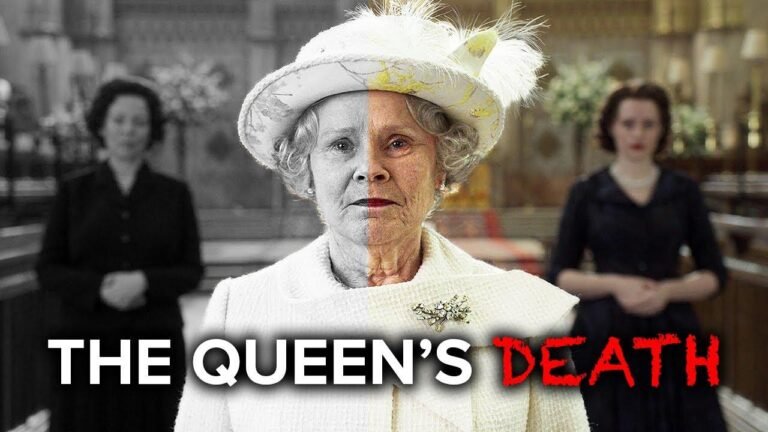The Impact of Communism on East Germany: How the Berlin Wall Turned it into a Prison State.
- Communism turned East Germany into a prison state, forcing people to endure horrendous living conditions and violating human rights.
- The Berlin Wall was a desperate Communist attempt to control the mass exodus of people seeking freedom in West Germany.
- The wall, guarded by armed soldiers, dogs, and landmines, was an oppressive tool used to prevent people from leaving East Germany.
- The sheer desperation and creativity of people to escape communism was both remarkable and heartbreaking.
- The fall of the Berlin Wall marked the end of an era, demonstrating the failure of communism and the triumph of freedom.
Background and Formation of the Berlin Wall 🧱
The Berlin Wall, which divided East and West Germany, is symbolic of the Cold War tensions between communism and democracy. After Germany was split into two regions, the West was controlled by America, France, and the UK, while the East was influenced by the USSR. Berlin was also divided, with the West controlled by the Western powers and the East controlled by the USSR.
The Airlift and Economic Influence 💰
Following the splitting of Germany, attempts were made to blockade the West in an effort to push them out. However, airlifts and support from America and the UK strengthened their position, leading to a standoff between the two opposing ideologies.
| Non-Floating Table 1 |
|---|
| This is a non-floating table. It won’t be pushed to the right or to the left. |
The Division and Reunification 🤝
The split between East and West Germany in the years after 1949 led to complex challenges for the people living there. Border disagreements, property ownership, and economic differences further widened the gap between the two sides. This eventually culminated in the erection of the Berlin Wall in 1961.
Building the Berlin Wall and Impacts on Communities 🏗️
As tensions mounted, the East German government constructed the Berlin Wall as a way to cut off East Berlin from the democratic freedoms of the West. Families were tragically separated, and attempts to escape to the West heightened the stark divide between the two ideologies.
| Floating Table 2 |
|---|
| This is an example of a floating table that can be moved to the right or left. |
Living Under the Shadow of the Berlin Wall 🚪
The construction and sealing off of East Berlin resulted in severe restrictions on movement, with individuals attempting desperate measures to escape to the West. Stories of dramatic, and sometimes ingenious, attempts to cross over depicted the harsh realities faced by those living in East Germany.
The Reunification and Demolition of the Berlin Wall 🎉
As pressures built up in the late 1980s, civil unrest and protests started surfacing in East Germany. This culminated in the fall of the Berlin Wall on November 9, 1989, as the people demanded the freedom to travel and reunite with their loved ones. The eventual reunification of Germany brought an end to the Cold War division.
| Non-Floating Table 3 |
|---|
| Another example of a non-floating table. |
A Remarkable Conclusion 🌍
The fall of the Berlin Wall stands as a testament to the resilience of the human spirit and the quest for freedom, marking the end of a tumultuous chapter in German history. The reunification of Germany sent a powerful message about the struggles and triumphs of the people in the face of political and ideological oppression.







